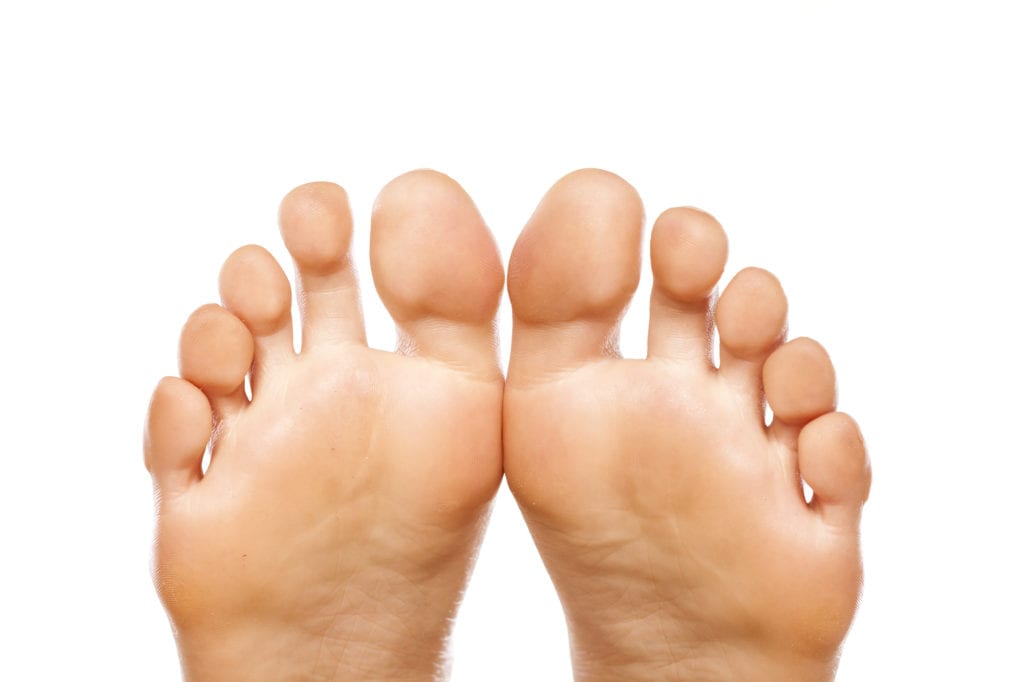Press Release:
Topical benzoyl peroxide gel 2.5% and 5% can both be used to treat pitted keratolysis according to study results presented at the American Academy of Dermatology virtual meeting in June, 2020.
“Pitted keratolysis (PK), a common skin disease, is frequently accompanied by pitted lesions on the feet and malodor,” Charussri Leeyaphan, MD, of the department of dermatology, faculty of medicine at the Siriraj Hospital, Mahidol University in Bangkok, and colleagues wrote. “The over-the-counter drug topical benzoyl peroxide gel (BP) is used as a medication for PK. However, the appropriate dosage and duration of BP treatment of PK is controversial.”
Topical benzoyl peroxide gel 2.5% and 5% can both be used treat pitted keratolysis.
In a prospective randomized, controlled trial to assess the safety and effectiveness of topical 2.5% BP and 5% BP, 89 subjects diagnosed with PK were analyzed. Subjects were assigned either 2.5% or 5% BP and were asked to apply the topical medication once daily for 2 weeks. Safety and effectiveness were evaluated 2 weeks after treatment via clinical examinations and self-assessments.
Of the 42 subjects that were treated with 2.5% BP, self-evaluation of foot odor using a visual analog scale showed a significant decrease from 5.4 to 3.7 (P < .001). Of 47 subjects treated with 5% BP, the decrease was from 5.4 to 3.5 (P .001).
Pitted lesions were evaluated by treatment-blinded dermatologists, with a 69% improvement for the 2.5% BP group vs. a 63.8% improvement for the 5% BP group. Side effects were not statistically different between the groups, and moderate to high levels of satisfactions were reported from almost all subjects.
“This study demonstrated that either 2.5% or 5% BP can be used for the treatment of pitted keratolysis and foot malodor,” Leeyaphan and colleagues wrote. “Due to the similarities in their efficacies and side effects, the use of 2.5% BP may be preferable.”

